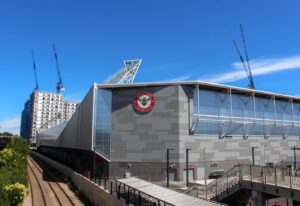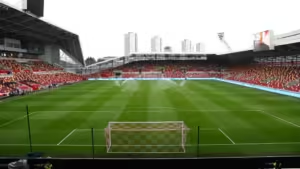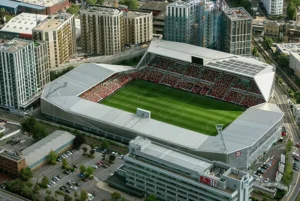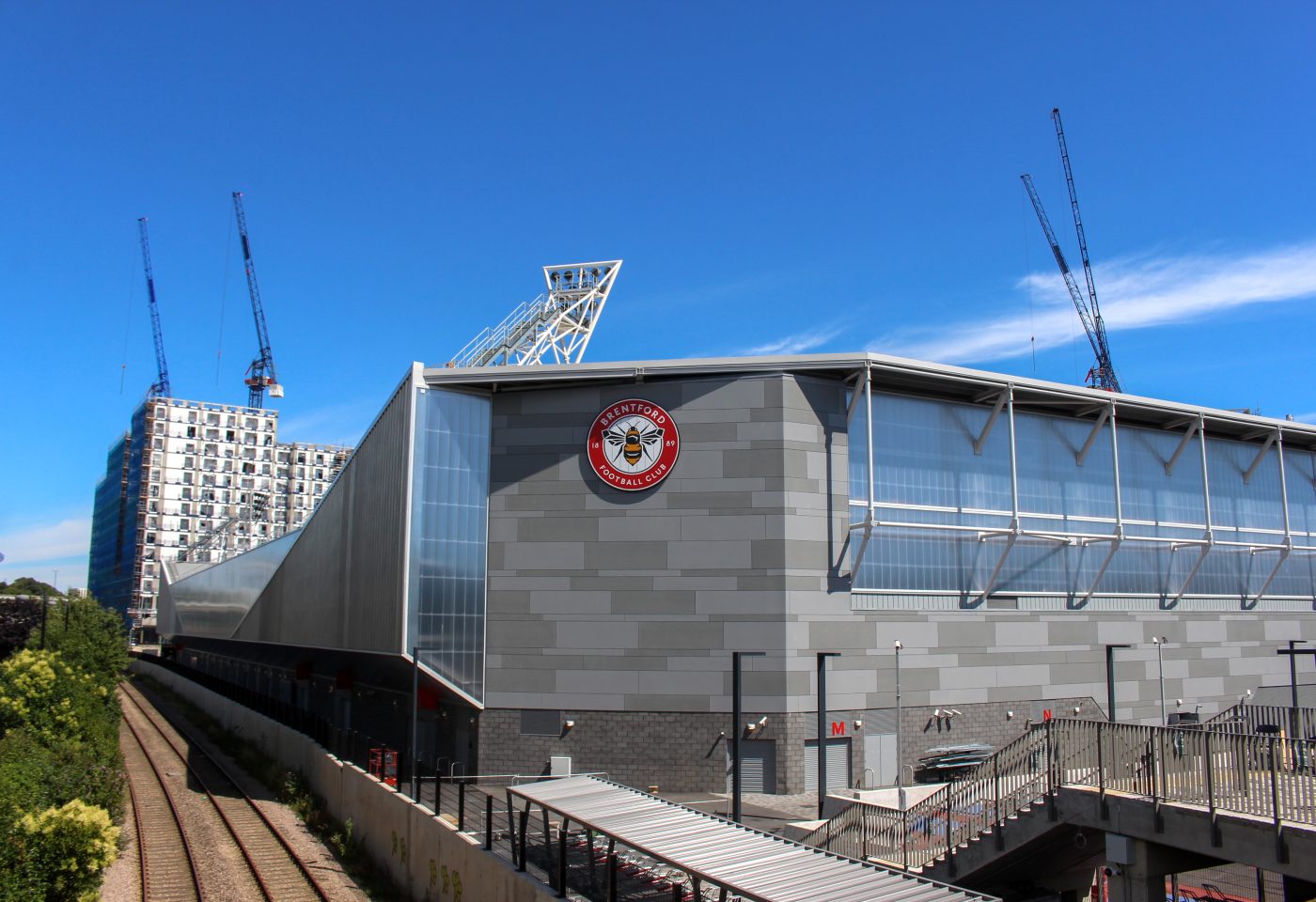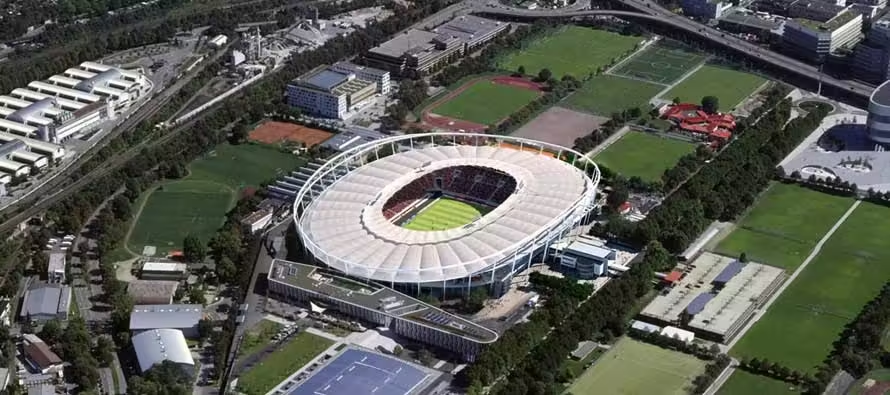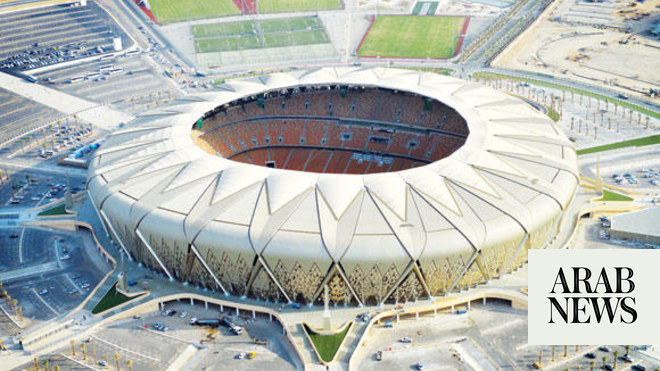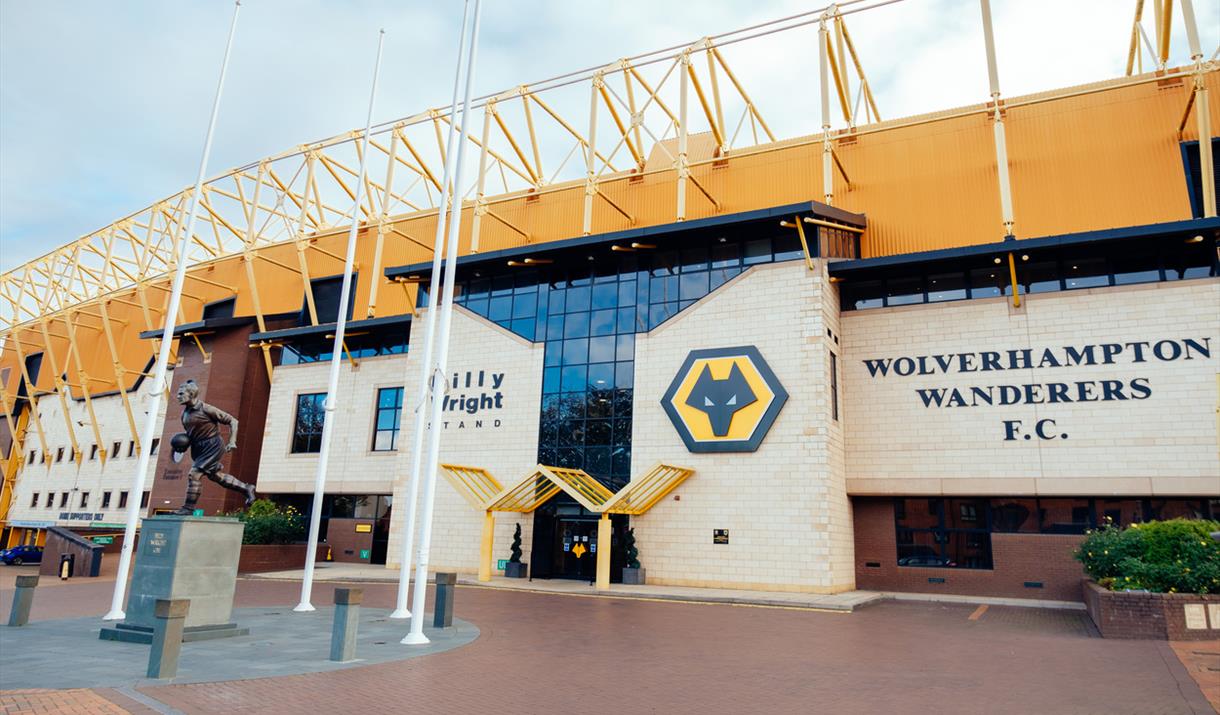The opening of Plough Lane marked a significant moment in the history of AFC Wimbledon, representing a triumphant return to their roots after years of displacement. Officially opened on 3 November 2020, this new stadium stands as a beacon of hope and continuity for the club and its supporters.
Situated just a few hundred yards from the site of the original Plough Lane, which served as the home ground for Wimbledon FC for over 80 years, the new stadium pays homage to the club’s rich heritage while embracing modernity and innovation. The decision to build the stadium in such close proximity to the original site holds profound symbolic significance, reinforcing the deep connection between the club, its history, and the local community.
The construction of the new stadium began in 2015, marking the start of an ambitious project aimed at providing AFC Wimbledon with a permanent home that reflects their aspirations and values. With a total cost of just over £30 million, the stadium represents a significant investment in the future of the club and its supporters.
One of the defining features of Plough Lane is its capacity, boasting just over 9,000 seats. While not the largest stadium in English football, its size is perfectly suited to the needs of AFC Wimbledon, providing an intimate and engaging atmosphere for fans to enjoy matchday experiences.

Moreover, the playing surface at Plough Lane is a testament to innovation and excellence. Combining synthetic and real grass, the pitch offers a perfect blend of durability, stability, and aesthetics, creating an optimal playing surface for athletes to showcase their skills. This commitment to quality extends beyond the stands and into the very heart of the stadium, ensuring that players have the best possible conditions to excel on the field.
Beyond its practical features, Plough Lane embodies the spirit of AFC Wimbledon and its community-driven ethos. It serves not only as a venue for football matches but also as a hub for social interaction, cultural exchange, and collective celebration. The stadium stands as a symbol of unity and resilience, reminding everyone of the power of sport to bring people together and inspire positive change.

In summary, the opening of Plough Lane represents a new chapter in the journey of AFC Wimbledon, one marked by perseverance, determination, and unwavering commitment. It is more than just a stadium; it is a testament to the club’s values, aspirations, and enduring connection to its roots. As AFC Wimbledon continues to build on this foundation, Plough Lane will stand as a lasting legacy, a testament to the club’s enduring spirit and the unwavering support of its dedicated fans.
York Community Stadium: A Decade of Ambition, Perseverance, and Sporting Legacy
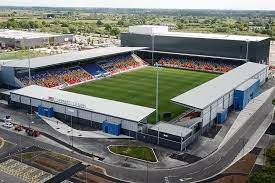
The journey towards the realization of York Community Stadium spans over a decade, reflecting both the club’s ambition and the complexities involved in bringing such a project to fruition. York City’s initial proposal for a new stadium in 2009 laid the groundwork for what would eventually become a landmark development in the city’s sporting landscape.
However, it wasn’t until March 2015 that planning permission was granted, marking a significant milestone in the project’s progress. Despite this positive step, the road to construction was fraught with delays, pushing the commencement of work on the 8,500-seater ground to December 2017. Nevertheless, the club persevered, driven by the vision of providing its supporters with a modern and sustainable home ground.
Over the course of three years, the stadium gradually took shape, with construction efforts culminating in its completion in December 2020. However, York City’s inaugural match at the ground didn’t take place immediately, with their first game occurring on 16 February 2021, where they faced AFC Fylde and unfortunately suffered a 3-1 defeat. Despite the initial setback, the opening of the stadium marked a new chapter in the club’s history, offering players and fans alike a state-of-the-art venue to call home.
Beyond football, the stadium’s significance extends to the broader sporting community, as evidenced by its role as the host venue for both semi-finals of the 2021 Rugby League Women’s World Cup. This highlights the stadium’s versatility and its potential to attract prestigious sporting events to the city.
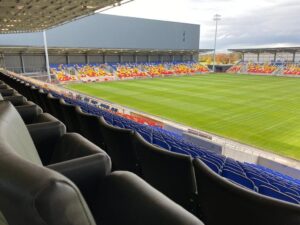
The design and amenities of York Community Stadium reflect a commitment to excellence and inclusivity. Comprising four stands and boasting a capacity of 8,500, the stadium offers ample seating for spectators. The Main Stand, also known as the East Stand, stands as the focal point of the stadium, featuring three floors that house hospitality suites, dressing rooms, and media facilities. Moreover, its integration with the wider GLL-owned site ensures accessibility and convenience for visitors, with community and retail facilities, as well as a leisure complex, complementing the stadium’s offerings.
The leisure complex itself is a testament to the stadium’s multifaceted purpose, providing a range of recreational amenities such as a 25-meter, six-lane swimming pool, netball, badminton, and basketball courts, a gym, dance studio, and three 3G five-a-side football pitches. This not only enhances the overall experience for visitors but also underscores the stadium’s role as a community asset, catering to diverse interests and promoting an active and healthy lifestyle.
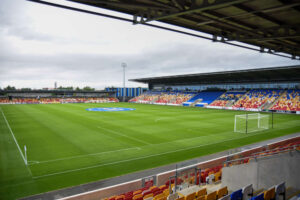
In addition to serving as the home ground for York City, the stadium also provides a base for the York Knights Rugby League Club, further solidifying its status as a hub for sporting excellence and community engagement. Overall, York Community Stadium stands as a testament to the club’s perseverance, the city’s commitment to sporting development, and the enduring power of sport to unite and inspire.

Boston United’s transition to the Jakemans Community Stadium in December 2020 marked a significant milestone in the club’s history, representing a leap forward in both infrastructure and community engagement. The journey towards this state-of-the-art facility spanned seven years, a testament to the club’s commitment to providing its players and supporters with a modern and sustainable venue to call home.
The completion of the Jakemans Community Stadium heralded the end of an era for Boston United, as it replaced their former ground, York Street, where the club had played since 1933. This transition symbolized a new chapter in the club’s evolution, one characterized by progress, innovation, and a renewed sense of purpose.
At the heart of the Jakemans Community Stadium lies its impressive 5,000-seater capacity, offering ample seating for spectators to enjoy the excitement of matchday experiences. However, the stadium’s significance extends beyond its capacity, as it also boasts an all-weather 3G pitch and other sporting facilities, underscoring its versatility and potential to serve as a hub for various community activities and events.
Despite being a non-league ground, the Jakemans Community Stadium is a testament to quality and attention to detail. This is evident in the thoughtful touches scattered throughout the stadium, such as murals depicting the club’s rich history inside the Main Stand. These artistic representations not only add character and charm to the venue but also serve as a reminder of the club’s heritage and the journey that has led them to this point.
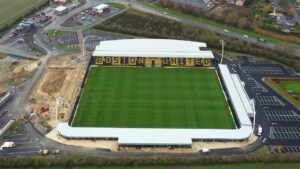
Moreover, the Jakemans Community Stadium serves as more than just a venue for football matches; it is a focal point for community engagement and development. By providing state-of-the-art facilities and fostering a sense of belonging among supporters, the stadium contributes to the social fabric of the local area, promoting unity and pride among residents.
In summary, the Jakemans Community Stadium stands as a testament to Boston United’s ambition, perseverance, and dedication to both sporting excellence and community empowerment. As the club continues to grow and evolve, the stadium will remain a cornerstone of its identity, serving as a symbol of progress and a source of inspiration for generations to come.
Other Stadiums Links:
Also Check: Emirates Stadium (Home of Arsenal): A Journey Through History
Also Check: Goodison Park Stadium (Home of the Blues “Everton FC”): A Pioneering History
Also Check: Old Trafford: The Iconic Theater of Dreams
Also Check: Europe’s Top 10 Largest Sports Stadiums
Also Check: Allianz Arena: Renovation Work In and Around Allianz Arena for EURO 2024
